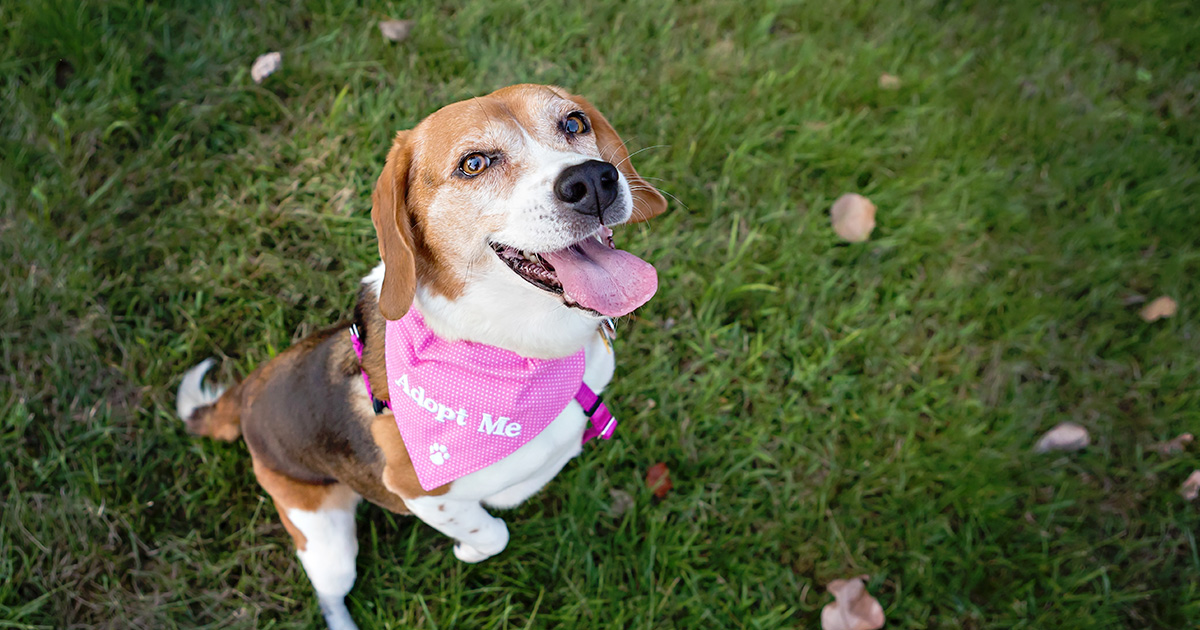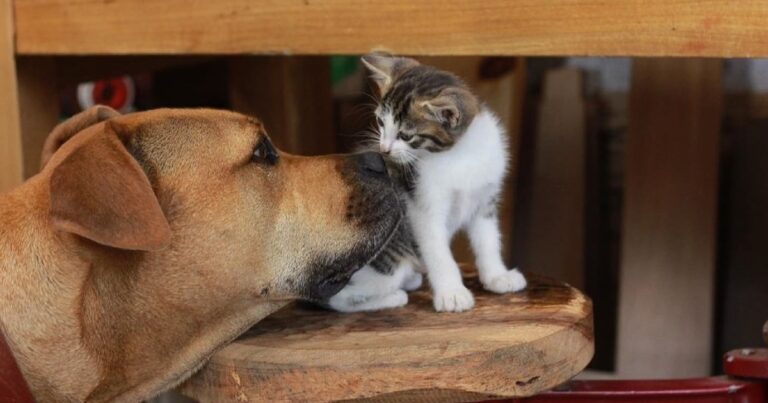“Rescue Me” is a recurring column by Samantha Randall, editor-in-chief at Top Dog Tips. She’ll provide personal anecdotes and perspective about her life as a pet lover with a passion for cat and dog rescue. Today, she takes a look at the life of a dog immediately after it arrives at its new temporary home.
According to the American Society for the Prevention of Cruelty to Animals, more than 3 million dogs enter animal shelters each year in the U.S. This staggering number becomes even more shocking when we know that around a fifth of all shelter dogs get euthanized.
Fortunately, the number of adopted dogs is growing each year, and the number of euthanized dogs is getting lower as a direct consequence. But there are many other things that go on in the shelter after a dog arrives there and before it gets out of it, one way or another.
What Happens After a Dog Arrives at a Shelter?
It is worth noting that the official policy of each shelter regarding the number of holding days for dogs and other important things can depend on local laws and other factors. There are also public and private shelters, but they are all nonprofit organizations and usually they make their own policies.
However, most shelters take certain steps after they accept a dog and these steps are similar all around.
1. Identification
The first thing that happens when a dog enters a shelter is identification. Shelter workers or volunteers will look for a tag or a microchip.
If a dog can’t be identified, he or she will be held for a certain amount of time before becoming the “property” of the shelter. If a dog can be identified, shelter workers will try to contact the owner. Unclaimed dogs will eventually become the property of the shelter as well.
In most cases, unidentified dogs are held for 5 business days while identified dogs are held for 14 business days before they become the property of the shelter.
2. Health Examination
Before a dog can get admitted to a shelter, it must be examined by a vet in order to determine the health of the dog. The vet will then place a dog in one of the following categories:
- Healthy animals
- Moderately or slightly injured animals
- Severely injured animals
- Animals with infectious diseases
With the rising popularity and better accuracy of genetic testing, some shelters and veterinary clinics may also do dog DNA tests to better assess the unidentified dog’s breed and predisposition for certain health problems. DNA testing is still expensive and likely won’t become the norm anytime soon, but some shelters do offer it. Once the dog’s health is determined, the vet will suggest the next step. Dogs with infectious diseases will be placed in isolation pens until they are better to prevent the spreading of the disease. Severely injured dogs will either be treated or euthanized.
3. Vaccination
After a health examination, dogs get vaccinated. Most shelters do this before putting a dog up for adoption. Typically, vaccinations are included as a part of an adoption package, so there isn’t usually an additional charge for them.
Vaccinations are a big part of health management in shelters due to the high risks of infections and diseases with so many animals in one place. The type of vaccines given depends on each shelter, but usually includes vaccines for these diseases:
- Distemper (CDV)
- Adenovirus-2 (CAV-2/hepatitis)
- Parvovirus (CPV)
- Parainfluenza (CPiV)
- Bordetella bronchiseptica
Most shelters will also vaccinate for rabies if the dog is old enough and there is a licensed veterinarian on staff. There may be vaccines for other more specific diseases as well, like canine influenza (CIV).
4. Sterilization
Spaying and neutering of shelter dogs is mandatory in many states in order to decrease the overpopulation of homeless animals. Even if it is not mandatory in your local shelter, chances are that they will sterilize a dog in their care, unless someone who is ready to adopt specifically requests a dog that was not yet spayed or neutered.
Dogs that are medically unfit can be exempted from sterilization, especially those with a serious health problem. Sexually immature and senior dogs may not have to be sterilized either.
Once again, it will depend on the shelter whether they will charge additional fees from the adopters for spaying or neutering a dog, but it is often included as part of an adoption fee.
5. Hygiene Management
Hygiene is a very important part of shelter life. Dogs must be bathed and groomed regularly to prevent any health issues, but also to look as presentable as they can to potential adopters. Dogs that come into the shelter are immediately washed and cleaned since many of them come off the streets.
Most shelters stick to clearly defined sanitation protocols. Unfortunately, sanitation in shelters is often problematic. Lack of manpower often leads to dirty cages and bad hygiene.
6. Behavioral Assessment
Dogs that arrive at a shelter often come with a range of behavioral problems. These dogs are often scared, most of them aren’t housebroken and some dogs have serious temperament issues. Many shelters try to assess a dog’s mental state and behavior problems in order to correct them before they put them up for adoption. They also do it so they can find the best fit with potential adopters.
Unfortunately, not all shelters are able to devise a proper behavior program for dogs in their care, and dogs with serious behavioral problems are often considered unadoptable and therefore euthanized.
7. Foster Care
While animal rescue groups frequently place dogs in foster care, there are also many shelters that have this option as well. Dogs that spend a period of time in foster care will have a better chance of getting adopted later, and in many cases the foster family decides to keep the dog permanently.
8. Adoption/Euthanasia
The final thing that happens to dogs in shelters is, hopefully, adoption. Unfortunately, that is not always the result, and many dogs end up being euthanized due to lack of holding space and failure to get adopted after a certain time.
Most shelters have limited space for animals, and they face serious budgetary problems which make them understaffed. In fact, they pretty much depend on volunteers to provide adequate care.
There are also shelters that have “no kill” policies. While they don’t accept all dogs and only take in dogs they feel have a better chance of getting adopted, they don’t euthanize dogs in their care unless they become too old or ill.
There are many things that happen to dogs after they arrive at a shelter that increase their chances of getting a permanent home. Identification is the first step, and after that shelters provide veterinary examinations, behavioral assessments and general care for dogs until they get adopted.







